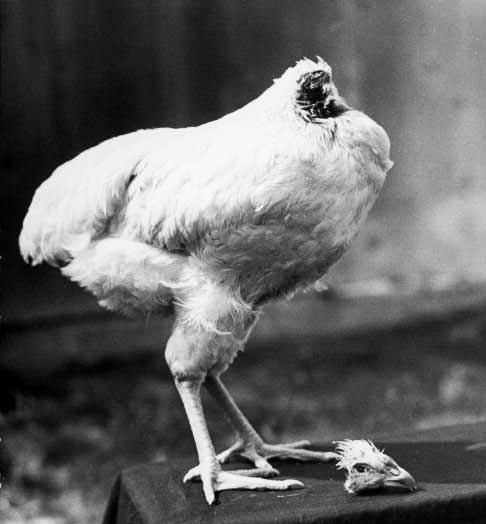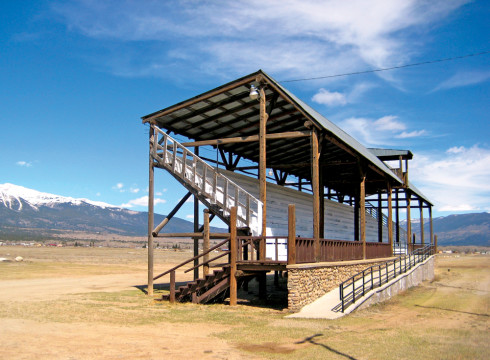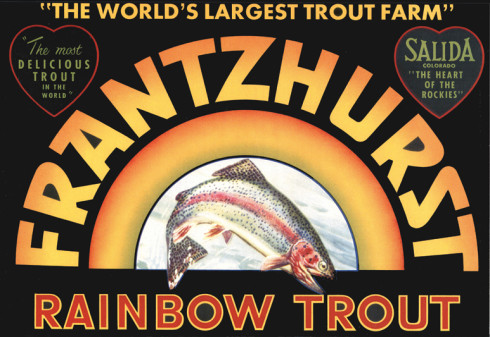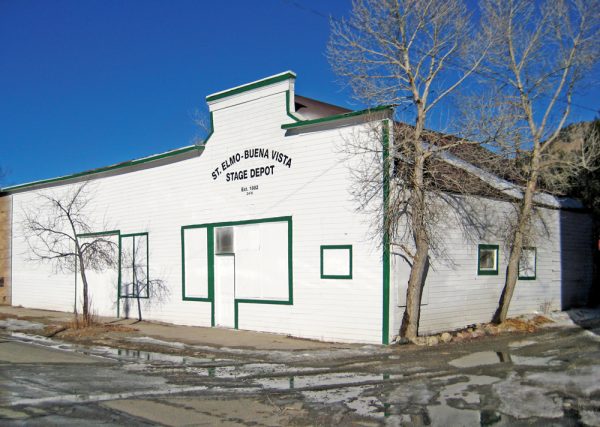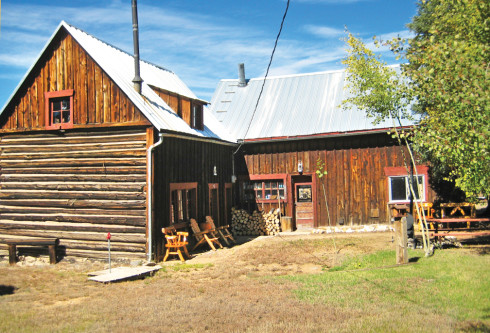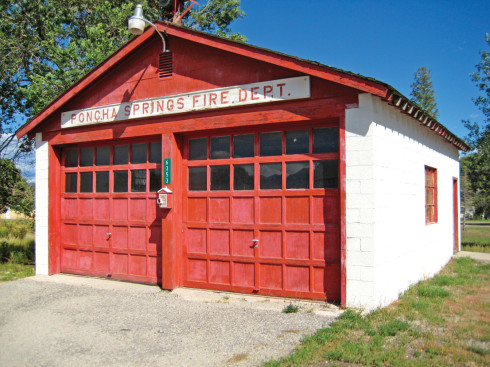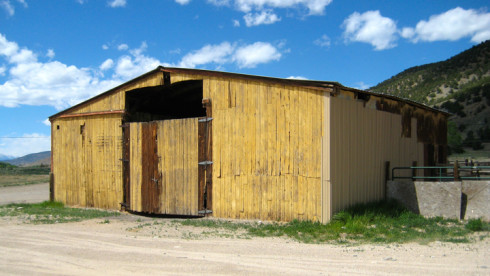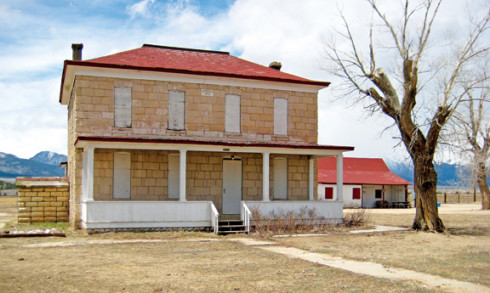Compiled by Fay Golson and Mike Rosso The Tallest Building in Colorado The Republic Plaza, constructed in 1984 and located at 302 17th Street in Denver, is the tallest building in Colorado. Building materials include concrete and Sardinian granite. It stands 714 feet tall and stacks 56 stories. Considering that the 1931 Empire State Building in New York is 1,454 feet tall with 130 stories, the Republic Plaza loses some of its swag. Cheeseburger, Cheeseburger Denver lays claim to the invention of the cheeseburger. The trademark for the name “Cheeseburger” was awarded in 1935 to Louis Ballast. Big Sand The…

